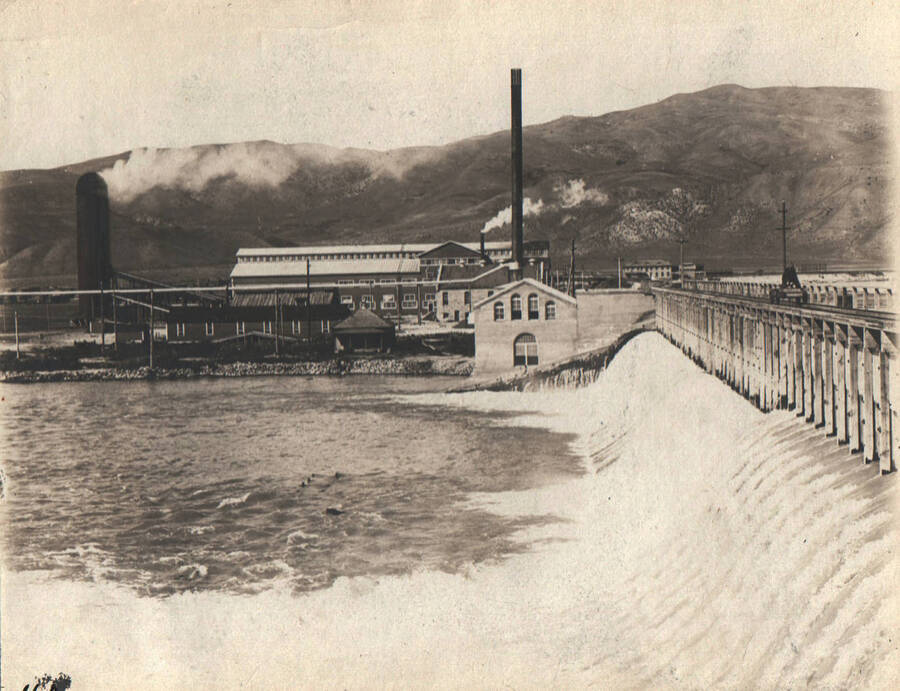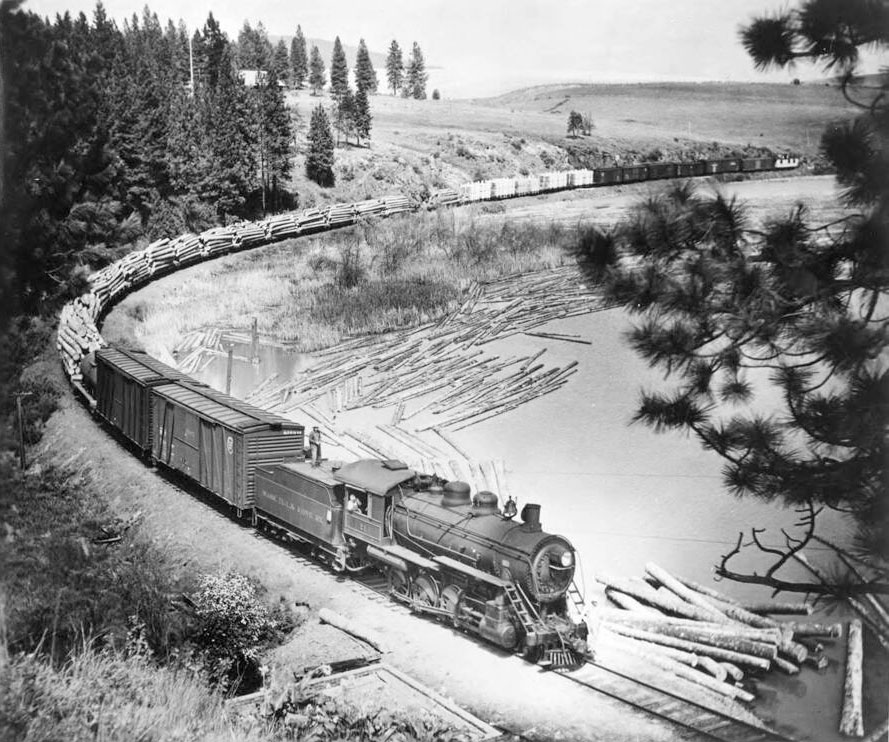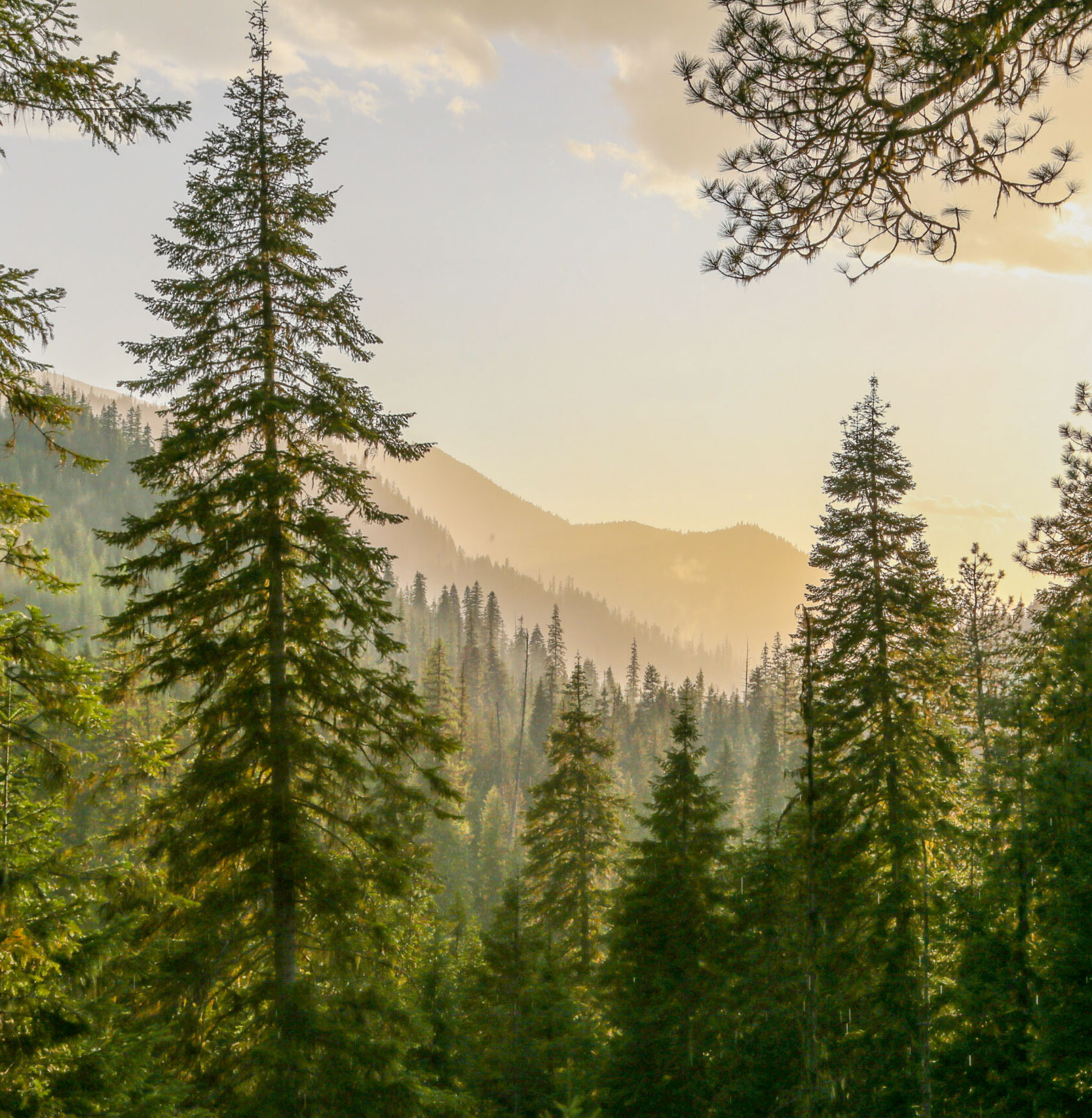Idaho History
Home – Idaho History


History of Our
Idaho Land
The Central Idaho Timberlands were established by the Organic Act of 1897. During that time, the Boise River valley was being settled as families built homes and business people constructed buildings. There was a large need for lumber to build these homes and businesses, so the timber industry constructed mills in the area to begin supplying lumber to the growing population.
This image was taken in 1908 across the dam from Barber Lumber Mill in Boise, Idaho. This image is part of the Records Bureau of Reclamation projects. Image courtesy of: University of Idaho.
Logging Logistics
Make Way for Railroads
Log drives down the North Fork of the Boise River began to fulfill the lumber needs of early Boise and the surrounding communities. The Emmett Mills got their logs from the North Fork of the Payette, but that river was a tough drive. The last official log drive in Idaho was on the Clearwater River in 1971 due to the construction of the Dworshak Dam, which blocked the North Fork of the Clearwater River at Orofino, Idaho. Logging transport moved to rail lines, and the Intermountain Railway Co. was built to support the logging industry in the Cascade Valley.
Image was taken in 1925 of a steam-powered engine taking a trainload of logs from Bovil to Potlatch. Image courtesy of the University of Idaho.


Idaho Land
From Logging to Reclamation
At the same time, logging companies Weyerhaeuser and Boise Payette consolidated to pursue harvesting of the new private timberlands resulting from the Organic Act of 1897. Before 1920, it had wrapped up considerable acreage for use in the Boise Payette/Cascade timberlands for the next 100 years. New owners claimed nearly half of the original 500,000 acres by 1948. They purchased land primarily adjacent to Long Valley and New Meadows Valley.
The Boise Cascade lands remained private land holdings and have changed hands several times over the years. Owners have included Potlatch Corporation, Western Pacific Timber, and as of August 2016, DF Development LLC. As stewards of this land, rich in history and natural resources, our focus is on protecting the environment and the wildlife population while practicing reforestation and environmental reclamation to restore the land to its natural balance.
Own a Piece of Idaho Land
Rich in History, Biodiversity
As reclamation projects reach specific milestones, DF Development will release tracts of land for private purchase. These lands are as close to their raw, natural state as possible after nearly a decade of reforestation and careful land and wildlife management by our Idaho land team.
Explore current opportunities to own a piece of Idaho’s history and create your own family memories for generations.
